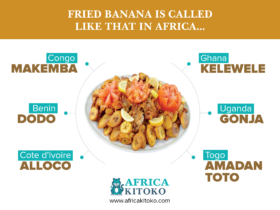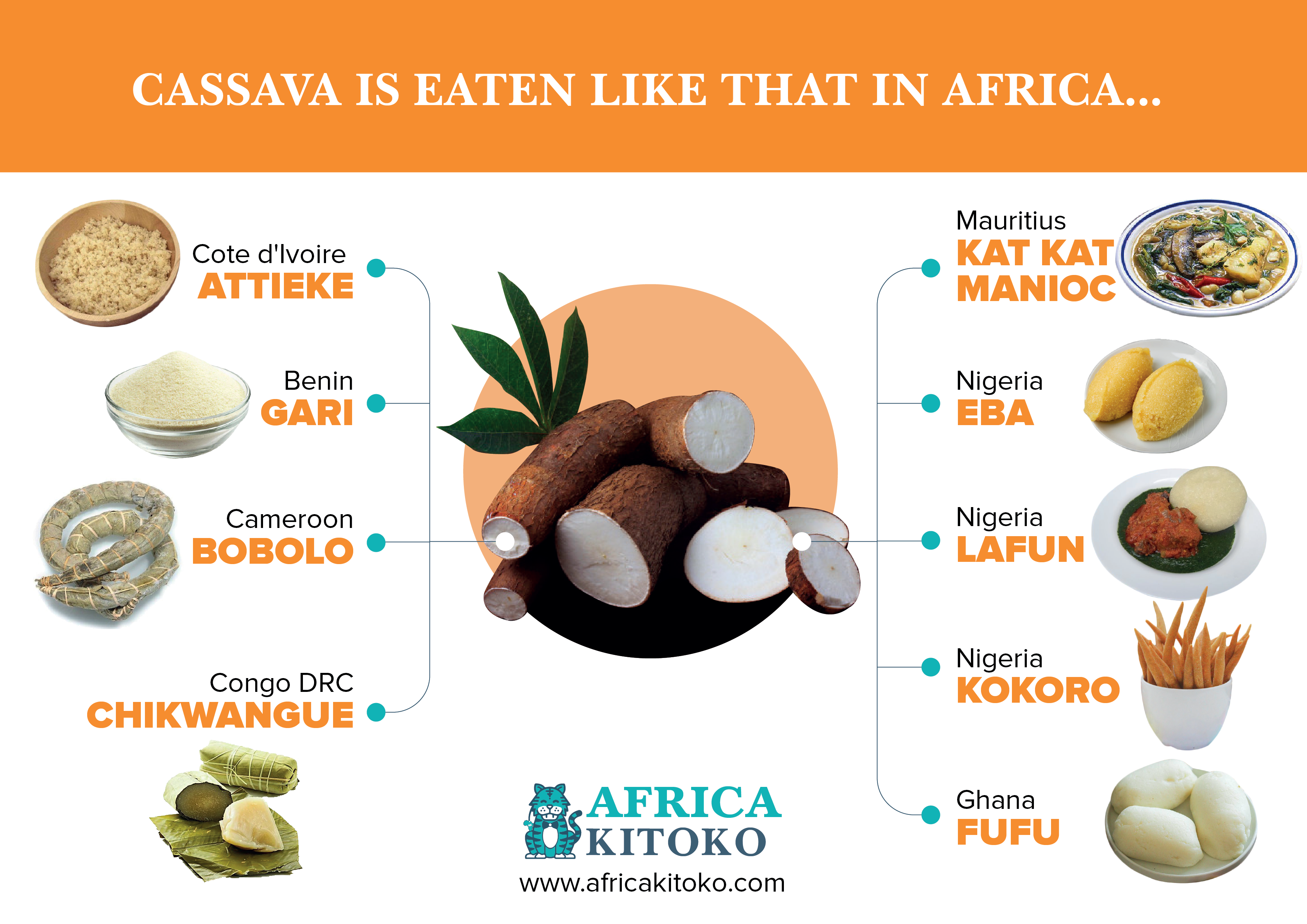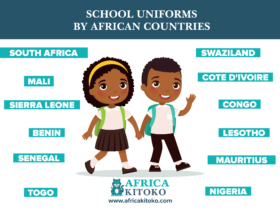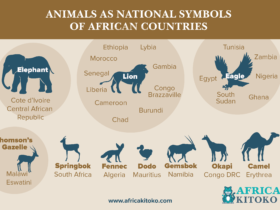
Bologan among bambaras (Mali)
Bogolanfani is one of the best known African fabrics in the world, particularly prized by the African-American community in the United States.
The bogolans, made in Mali north of Bamako, served as loincloths for pregnant women and clothing for hunters and were supposed to protect them from the spirits.
Initially the bogolan is a white fabric composed of bands sewn edge to edge. Macerations of tree leaves, mud and mud are then affixed to the bogolans to create white geometric patterns obtained by reserve on a brown or black tinted background.
Kente among the Ashanti (Ghana)
Located in central Ghana, this ethnic group begins their traditional marriage with a ceremony of blows called « kokooko » during which the man and his family go to the family of the woman to ask for the hand of their daughter. in marriage. It is the first step in the marriage process which is a symbol of respect for the unification of the two families.
The wedding ceremony takes place immediately after an agreement. The newlyweds wear colorful clothes made of rich “kente” fabrics. They add other accessories, including colorful beads, head decorations and other valuable jewelry.
The Usobo among the Efiks in Nigeria
The Efiks are a minority ethnic group in southern Nigeria. Their traditional wedding attire is unique compared to other cultures. The bride first wears the « Ofong Ukod Anwang ». Dress that includes a long skirt that goes to the knees and a blouse that usually covers only the bust. As well as decorated beads.
The second item of clothing is « Onyonyo », a large, long, flowing dress. She also wears crown-like hair pins on her head and a decorated stick.
The groom wears a white shirt with a colorful and beaded jacket. He also puts on a colorful cape (sort of skirt) known as « Usobo » with beaded shoes and a hat. He should also put a long piece of cloth around his neck called the « Okpomkpomon ». The man also carries a decorated stick.
Traditional dress among the Kiyuyu in Kenya
The traditional marriage of this ethnic group in Kenya is known as « Ngurario », which follows the bride’s payment ceremony called « Ruracio ». In the past, the bride’s wedding attire was made of goatskin and decorated with cowrie shells. Currently, the goat skin has been replaced by a brown or brown cloth but the cowrie shells have been preserved.
The bride also wears « nyori », a headband with huge hoop-shaped earrings that attach to the top of her ears as well as « mido », earrings in the holes of the lobe of his ear. The groom wears a sheepskin headgear, a brown / brown fabric on the chest. He accessorizes everything with a pearl necklace, a shell necklace, a fly whip and a sheathed blade.
Traditional wedding attire among the Oromo people (Ethiopia)
This Ethiopian ethnic group often engages in arranged marriages called « Kadhaa » or « Naqataa ». During the wedding, the bride and groom wear traditional hand-woven clothes made of pure cotton and decorated with Oromo motifs. Women normally wear the « Habesha » wedding dress, which is accompanied by « Habesha » jewelry. While the men wear the « Buffalaa-Uffannaa Gaa’elaa », which is a popular groom attire.
Traditional Zulu wedding attire (South Africa)
They are found in the province of KwaZulu-Natal in South Africa and their traditional marriage is known as « Umabo ». This usually happens after the white wedding, and the lobola (bride price) Then the « izibizo » (bring gifts for the mother of the bride and her immediate family) and the « umbondo » (the bride brings provisions for the husband’s family) may follow. During the « Umabo », the bride wears the « isidwaba », a leather skirt generally made of cowhide; the « isicwaya », a skin to cover his chest; and the « inkehli », a hat to cover his head. She also puts on ornaments with colored pearls.
The groom wears the « ibheshu », a calfskin blanket and his traditional headband.
If he wants to wear pants, he must wear « umbhulaselo », pants decorated with pearls.









Leave a Reply
View Comments